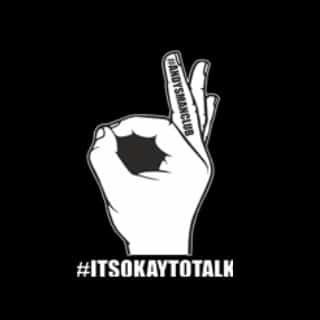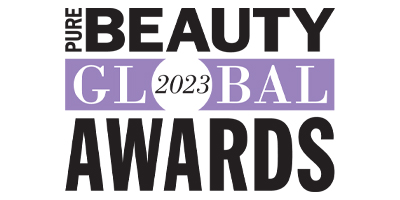Many industry commenters are advising that consumers are looking for a new shopping experience. At Lavandi Talent, we’ve noticed that change is certainly on the cards, and the continued survival of many retailers may well be a matter of their ability to adapt.
It is hard to look back and not be saddened by the effects of the pandemic on retail beauty space. The departure of big retailers such as Debenhams from the shopping centres and retail parks meant the closure of many brand outlets. At the other end of the scale, many smaller independents simply never reopened their shutters to the public post-lockdown. There is no way to deny that the damage caused by the repeated lockdowns was far-reaching and devastating. Retail was certainly feeling the effects of online buying trends before the pandemic, but it was accelerated beyond anything anyone expected during lockdowns.
So, what is the future of retail beauty sales then? It certainly isn’t as dead as many would have us believe because you can clearly see the evidence on the High Street.
CHANGE AND REMAIN THE SAME – THE PROBLEM OF OPPOSITE NEEDS
The question many retailers are asking is, ‘what is the experience people want from shopping’? Getting back to normal as soon as possible is the goal, but what is considered ‘normal’ may well have been changing. The elephant in the room that needs to be addressed is whether the current shoppers and new generations of consumers want the same experience as in the past or whether they want to shop differently. What has definitely not changed, of course, is that the shopping trip day out is as much about the experience as it is about buying. Online is purely built around the need to buy, whereas retail can also be about friends, family, and fun.
The issue of masks and transmission of the virus through touch creates a physical restriction on the traditional makeover and tester route to sales. Assuming (and it seems safe to do so at the time of writing), we are going to see continued issues around covid variants, it is reasonable to assume that many consumers are going to be wary of physical contact. At the same time, experimentation with new looks and products is one of the pleasures of the retail experience.
Another part of the experience of shopping for beauty products is receiving expert advice and tips. Again, retail scores here over the colder, less personal experience of online shopping. Consumers will return to purchase high profile brands from the advisor they trust.
However, the convenience, flexibility, price advantages and ease of online shopping are hard to combat. This is likely to be particularly true of the lockdown generation and the wider Gen-Z demographic that is growing up ‘online’ by instinct. Because of repeated lockdowns, there are two years’ of consumers reaching adulthood who may have never experienced any of the delights of retail we talked about earlier. It is also odd to think that the simple addition of masks to everyday life will probably decrease the importance of items such as lipsticks but create a focus on eye makeup design.
The solution many retailers and manufacturers are turning to is blending the online with the retail space. Simple solutions like the addition of QR codes to mailers and products to access in-store-only offers and giveaways, for example, can encourage footfall. The use of virtual reality apps in-store, combined with the one-on-one advice, can recreate the experience of a makeover, to some extent, while reducing the need for physical contact and maintaining the advice and tips aspect. Clearly visible sanitising and cleaning is going to be important. Re-focusing marketing to create a hybrid online/retail parity when promoting new products would help reduce the perception of the digital as a different space to retail.
HYBRID SHOPPING
It seems unlikely that shopping going to go away overnight, but it could continue to see a decline if it doesn’t adapt to the new shopping world we are living in. There is often talk of ‘fighting’ online buying habits or convincing people to put down the iPad and come in-store, but it seems unlikely that these combative methods are going to work. Wouldn’t it be better to absorb, adopt and adapt the more successful methods such as makeover apps into the retail space? Could we take the attraction of shopping and bring the digital world and the changing post-pandemic shopping habits into the physical retail environment? In the end, until immersive virtual reality is commonplace, digital simply cannot compete with the retail experience. That is years and a generational culture change away from happening. In the meantime, retail and digital blended in a new, hybrid shopping experience would seem to offer something more than online could ever compete with.





